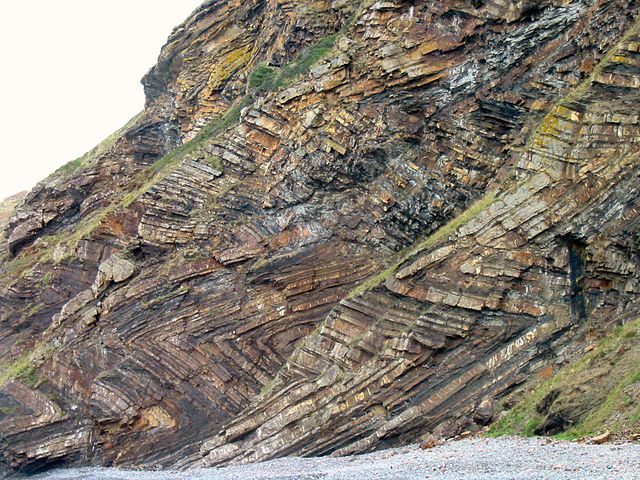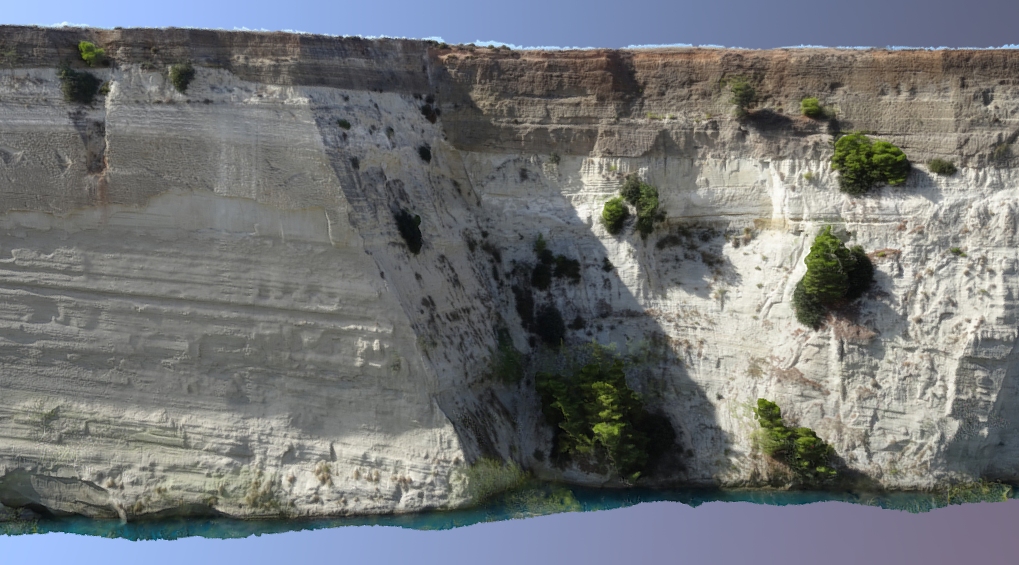36 Crustal Deformations: Why it matters?
Introduction
Understanding crustal deformation helps explain the forces necessary to crush or fold rocks.
This section will discuss the types of forces needed to accomplish such a powerful feat. Have you ever wondered how strong those forces would have to be?

Along with these forces, we will investigate various types of folds as well as different types of faults. If you recall from the plate tectonics sections, earthquakes occur along active fault lines.
This section helps us better understand how faults work.
See 3D Corinth Canal Fault (Greece) example here:
https://sketchfab.com/3d-models/corinth-canal-fault-7360544d42ce4360bab941aacadd4622
—————————————————————————————————————————-
Satellite image of a part of the Piqiang Fault (China), a northwest trending strike-slip fault that runs roughly perpendicular to the thrust faults for more than 70 kilometers. The reddish, greenish and brownish bands are continental Devonian sandstones, Silurian deeper marine sediments and Cambro-Ordovician limestones, respectively. They form one of several parallel ridges (up to 1200 m high) which all are composed of the same stack of rocks and belong to the Keping Shan thrust belt immediately south of the Southern Tien Shan Mountains.

Source: https://en.wikipedia.org/wiki/Fault_%28geology%29#/media/File:Piqiang_Fault,_China_detail.jpg
Learning Outcomes
- Compare and contrast stress versus strain in the Earth’s crust.
- Identify geologic structures created by deformation.

